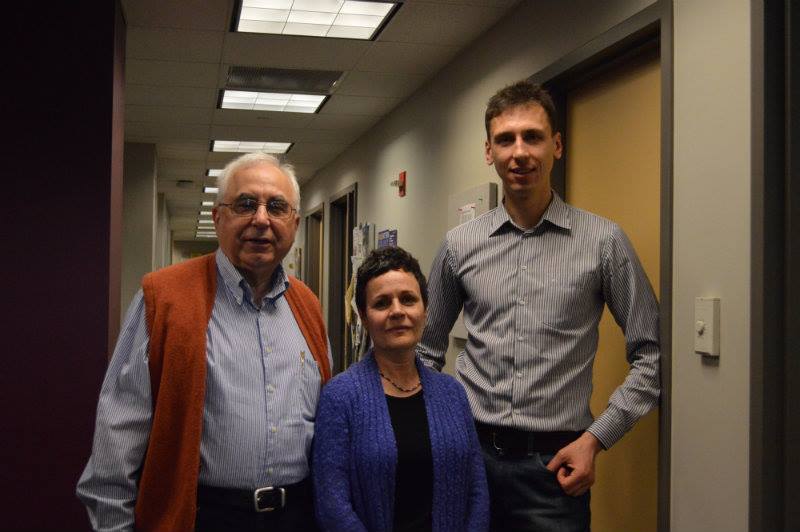Information war against Ukraine run by Kremlin-backed media is supported by pro-Russian puppets, employed by Russian strategists. The recent evidence of this scheme leads to Dragana Trifkovic, a 38-year old woman from Serbia, who joined other foreigners on so-called LNR and DNR elections in Lugansk and Donetsk temporary occupied regions on November 2, 2014. As a Serbian citizen, Trifkovic left many traces of her visit to Donbass via social media – she was posting photos of her meetings with Russian terrorists in Donetsk and Lugansk regions. Known as a supporter of Russia, Trifkovic was linked to neo-Nazi Russian groups and was heavily commented in Twitter.

On November 9, 2014 she deleted her Twitter account – @DrTrifkovic. Nevertheless, Google cache kept screenshots of her profile:



While her Twitter account is deleted, her Facebook profile is active. A supporter of terrorists exrpesses her love to Russian President Vladimir Putin:

Serbian “expert” might have different reasons to love Putin, but her links to neo-nazi groups in Russia question self-proclaimed good intentions of so called LNR and DNR authorities.
Anton Shehovtsev analyses in his blog.
Kremlin will employ puppet “election monitors” that will “observe” and legitimise the “elections” held by the terrorists. Evidence suggests that two “election monitoring organisations” have been in charge of setting up the “election observation missions” for the DNR/LNR: the Eurasian Observatory of Democracy and Elections (EODE) run by Belgian fascist Luc Michel and the European Centre for Geopolitical Analysis (ECGA) run by Polish far right politician Mateusz Piskorski – both have been in the service of the Kremlin’s foreign policy since 2005-2006.
Trifkovic describes herself as a Director General of Center for Geostrategic Studies in Belgrade and claims she is an author at some Serbian sites, such as Fond Slobodan Jovanović, Geopolitika and Novi Standard. Seems, the intellectual level of Serbian elites is quite low if such experts represent Serbian think tanks.













